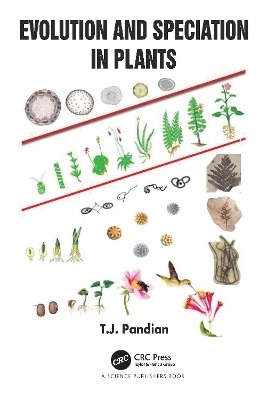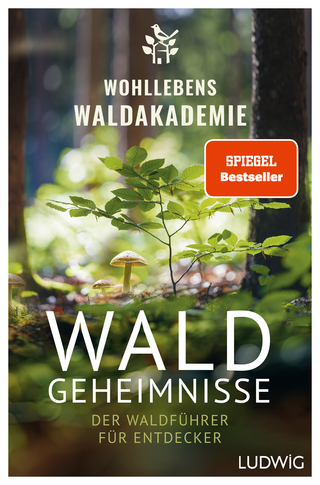
Evolution and Speciation in Plants
CRC Press (Verlag)
978-1-032-19213-0 (ISBN)
T.J. Pandian, recipient of the S.S. Bhatnagar Prize, the highest Indian award for scientists, one of the ten National Professorships, has served as editor/member of editorial boards of many international journals. His books on Animal Energetics identify him as a prolific but precise writer. His five volumes on Sexuality, Sex Determination and Differentiation in Fishes, published by CRC Press, are ranked with five stars. He has authored a multi-volume series on Reproduction and Development of Aquatic Invertebrates, of which the volumes on Crustacea, Mollusca, Echinodermata and Prochordata, Annelida, Platyhelminthes and Minor Phyla have been published. The CRC Press has recently published his new book series on Evolution and Speciation in Animals. The second volume on Evolution and Speciation in Plants is presented here.
1. General Introduction Part A: Environmental Factors 2. Photosynthesis and Chemosynthesis 3. Phototrophic Heterotrophy 4. Spatial Distribution Part B: Life History Traits B1: Sexuality 5. Monoecy: Reproductive Systems 6. Dioecy and Sex Ratio 7. Polyploids – Hybrids – Grafts 8. Parthenogenesis – Apomixis 9. Clonals and Stem Cells Part C: Gametogenesis and Fertilization 10. Oogenesis and Spermatogenesis 11. Heterogamety – Sex Genes 12. Annuals – Herbs – Semelp 13. Pollination and Coevolution 14. Self- and Cross-Fertilization 15. Spores – Seeds – Dispersal Part D: Germination and Development 16. Germination and Recruitment 17. Brooders and Vivipares 18. Sex Determination 19. Hormones and Differentiation Part E: Past, Present and Future 20. Past: Weathering and Oxygenation 21. Present: Conservation and Dormancy 22. Future: Climate Change 23. References
| Erscheinungsdatum | 13.09.2024 |
|---|---|
| Zusatzinfo | 79 Tables, black and white; 54 Line drawings, black and white; 2 Halftones, color; 26 Halftones, black and white; 2 Illustrations, color; 80 Illustrations, black and white |
| Verlagsort | London |
| Sprache | englisch |
| Maße | 156 x 234 mm |
| Gewicht | 666 g |
| Themenwelt | Sachbuch/Ratgeber ► Natur / Technik ► Natur / Ökologie |
| Naturwissenschaften ► Biologie ► Botanik | |
| Naturwissenschaften ► Biologie ► Genetik / Molekularbiologie | |
| Weitere Fachgebiete ► Land- / Forstwirtschaft / Fischerei | |
| ISBN-10 | 1-032-19213-5 / 1032192135 |
| ISBN-13 | 978-1-032-19213-0 / 9781032192130 |
| Zustand | Neuware |
| Haben Sie eine Frage zum Produkt? |
aus dem Bereich


